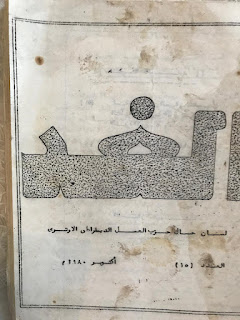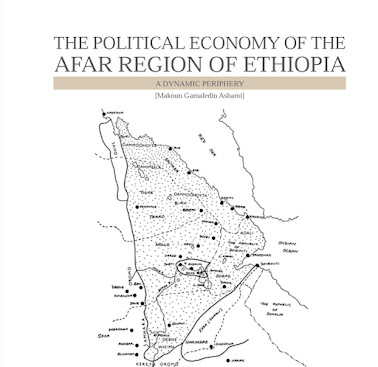Günter Schröder is a German scholar renowned for his extensive research on Eritrea and the broader Horn of Africa. His work includes numerous in-depth interviews with leaders and veteran fighters of the Eritrean Liberation Front (ELF), providing valuable insights into the movement's history and dynamics.
This document presents PART 2 of his interviews, featuring conversations with 13 ELF cadres and fighters: Abdella Hassen, Abdelgadir Jelani, Abdulkarim Ahmed, Abubaker Mentai, Ahmed Suri, Assefaw Berhe, Esayas Redeab, Fessahaye Gebremichael, Gebrai Woldesellasie, Gemi Hamid, Adem Mohamed Hamid Gendefil, Genet Adam Hateghiorgis Abraha. Additional interviews will be published in subsequent parts.
غونتر شرودر، باحث ألماني مرموق، يشتهر بأبحاثه الواسعة حول إريتريا ومنطقة القرن الأفريقي بشكل عام. ويتضمن عمله عددًا كبيرًا من المقابلات المتعمقة مع قادة وكوادر من جبهة التحرير الإريترية ، مما يوفر رؤى قيّمة حول تاريخ الحبهة وديناميكياتها.
يقدم هذا الجزء الثاني من مقابلاته، ويضم حوارات مع 13 من كوادر ومقاتلي الجبهة: عبد الله حسن، عبد القادر جيلاني، عبد الكريم أحمد، أبو بكر منتاي، أحمد سوري، أسفهاو برهي، إسحاق ردئاب، فسهايي قبرمكئيل، قبراي ولدسلاسي، جمع حامد، آدم محمد حامد قندفل، قنت آدام، وهبتقورقيس أبرها. وستُنشر مقابلات إضافية في الأجزاء القادمة.

